With the RPL201H and KPL201, EP Equipment brings a duo of strong and sturdy pallet trucks to the market. In this test we look at the performance of the fast H-version with fold-up platform and the KPL with stand-in operator. Both trucks stand out for their no-nonsense approach and robust quality.
Chinese manufacturer EP Equipment has been known for some time for its straightforward electro trucks with lithium-ion technology. Almost every model is devoid of superfluous frills, focused purely on essential tasks, but equipped with carefree battery technology. As icing on the cake, EP markets its products at extremely competitive prices. This qualification fully applies to both trucks in this test. The EP RPL201H pallet truck with foldable platform and the EP KPL201 with stand-in operator and extra protection all around.
The differences between the two truck models lie mainly in the more compact size of the RPL when the platform is folded up. The truck is then about 50 cm shorter, which can sometimes be useful when space is at a premium. When the platform is folded down, the difference in length is reduced considerably, but it remains about 10 cm in favour of the RPL.
Those who often work in very tight spaces prefer to choose the most compact truck. Thanks to the fast changeover from driving to walking and vice versa, the RPL is probably the best choice. If size is less important, then the KPL with its semi-circular rear end is the best choice. This certainly provides operators with a safer and larger workplace. Our personal favourite is therefore the KPL. It is easier to stay within the contours of the truck, you can lean comfortably against the rear or side wall and, in general, you are much safer on the road.
Other differences that stand out during the test is the H-version of the RPL201H. This high-performance version has a more powerful drive motor that has 2.5 kW of power instead of 1.6 kW. The RPL is also available in a standard version while the KPL is only available with a 1.6 kW engine. The difference in performance is noticeable. The RPL201H sprints faster and drives faster than its half-circle rear counterpart. In terms of productivity, it moves 21% more pallets at the same time. Good for 98 pallets per hour in our test and the test record so far in this class.
The disadvantage of the higher power and sprint speed is that the RPL is more restless. It also brakes much faster than the KPL. Sometimes this is so powerful that the fork wheels come off the ground when you are not carrying a load and are driving in platform direction. A slightly more sensitive adjustment of the braking function is recommended. Fortunately, this is easily possible via the service technician’s handset.
Faster and more powerful work generally also means higher energy consumption, and that is also true in this case. The RPL consumes 10.6% more of the same available battery capacity. Is this a problem? We do not think so. The practical operating time of 6.5 hours will generally be more than enough. In addition, the li-ion battery can be recharged easily and without ‘side effects’. And battery maintenance is also a thing of the past for both EP trucks. There is none.
Apart from the li-ion battery, both pallet trucks have more similarities. They are both very robust in construction. Almost everything is made of steel, the chassis is stiff and clearly meant for solid use. The RPL’s side arms are strong and neatly clad. The folding platform is equally robust. It stays neatly down when you step off. On the KPL, the steel rear wall feels just as sturdy. Again, the inside is neatly lined with a softer but durable plastic.
Both trucks are equipped with the same tiller head that we have seen on other EP pallet trucks. The controls are clear and predictable, but the button to lower the fork is just a bit too far away.
Both trucks have tandem fork wheels and a PU drive wheel. Both trucks have a 5-wheel configuration for extra stability in bends and maximum traction. Both trucks have electric power steering and a noticeable reduction in travel speed when cornering. This safety feature works predictably and correctly, although the KPL lacks the extra power of the H-version to drive smoothly through after the turn.
Another similarity: both trucks are difficult to store things. On the RPL, we find a paper clip on the battery cover and a cup holder next to the drawbar. On the KPL, it’s limited to a paper clip.
A final similarity between the two EP pallet trucks is that they both offer possibilities for product innovation. It seems that the battery compartment of both trucks was originally designed for a lead-acid battery; especially on the KPL, the available space is much too large for the much smaller li-ion battery. If EP would base the truck concept on li-ion technology and integrate the battery better, they could save a lot of space. This would allow the KPL to get the same compact size as the RPL with folded platform. In that case, our choice would be the stand-in truck model without any doubt, because it really makes you safer on the road. The addition of a little more power in the H version would not go amiss. The 1.6 kW engine is a bit on the small side for a 2 tonne load capacity truck.
Battery integration on the RPL means that this truck too can become even more compact, but whether it is still safe to come up with the extra power of the H-version is the question.
To complete the wish list, we would also like speed-dependent power steering. At higher speeds, both trucks can steer a little heavier, giving them better straight-ahead handling. This one is a bit unsettled for both trucks.
With the RPL201H and KPL201, EP Equipment brings two strong, tough, no nonsense trucks to the market. They do what they promise, are built from strong materials and are easy to understand. We do not know the exact retail price, but based on the pricing of other EP trucks, it will be very competitive. Strength of the RPL201H is its high productivity compared to the market average in its class. Strength of the KPL201 is the higher level of operator safety.
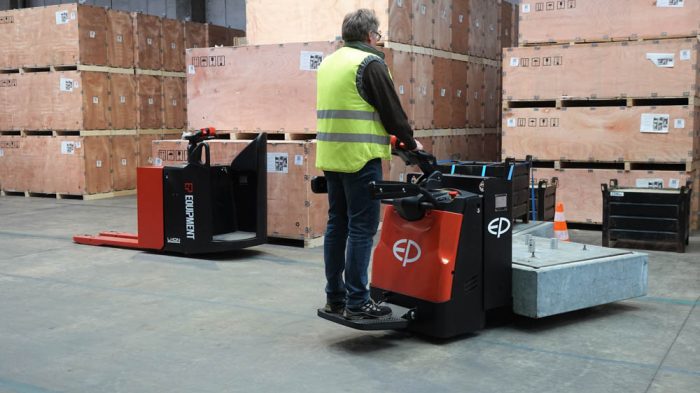

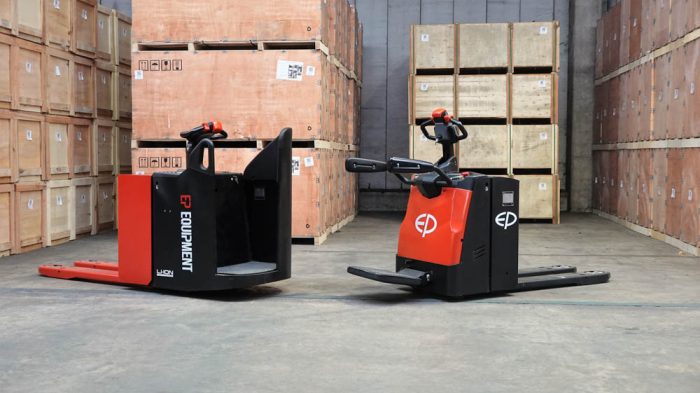
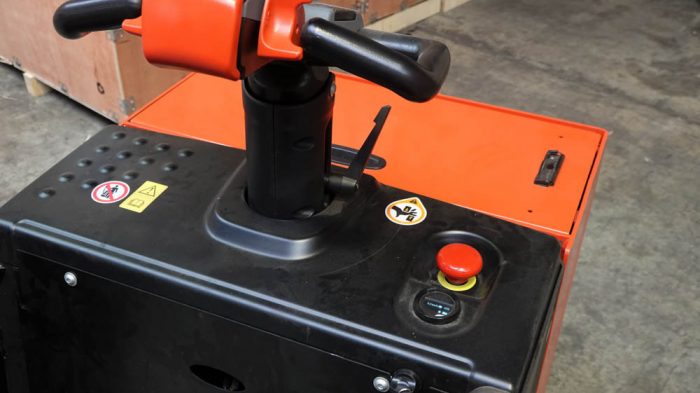
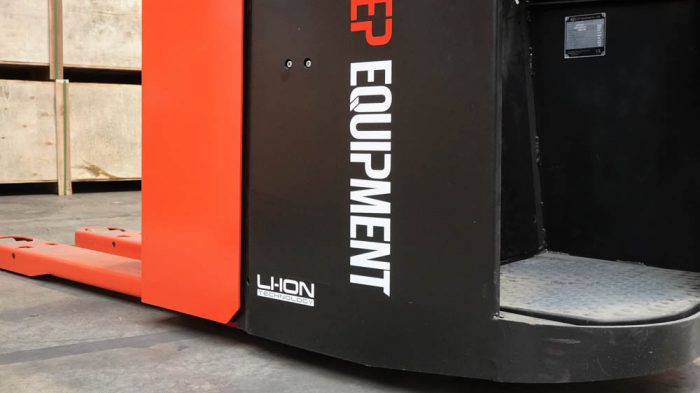
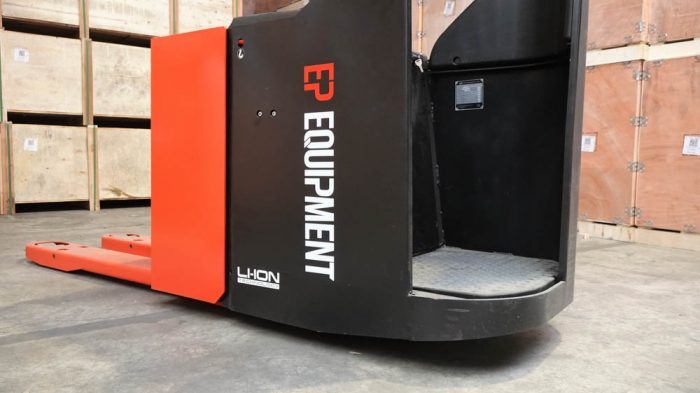
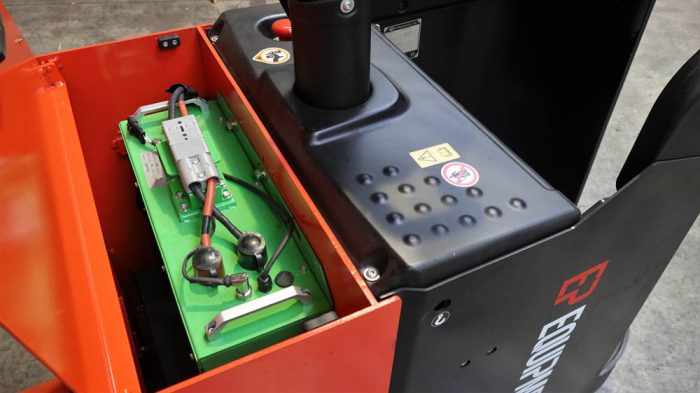

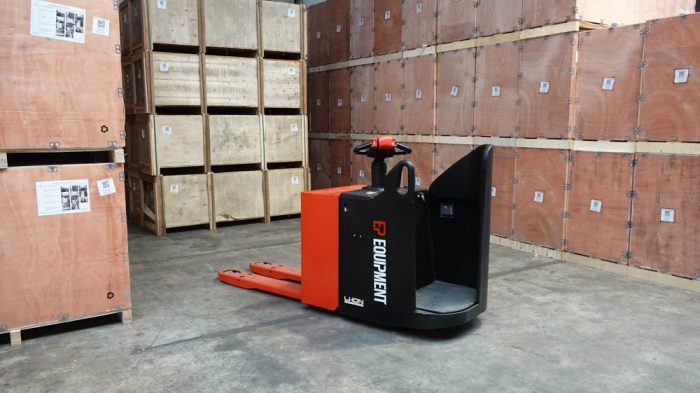
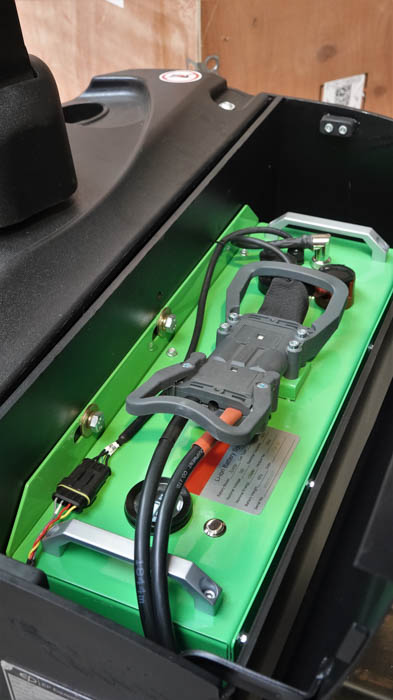
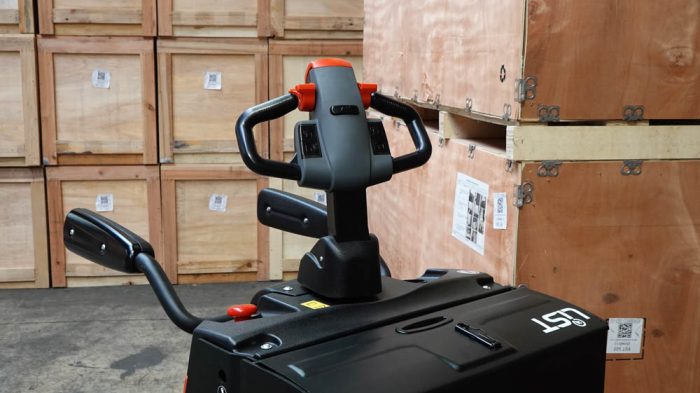
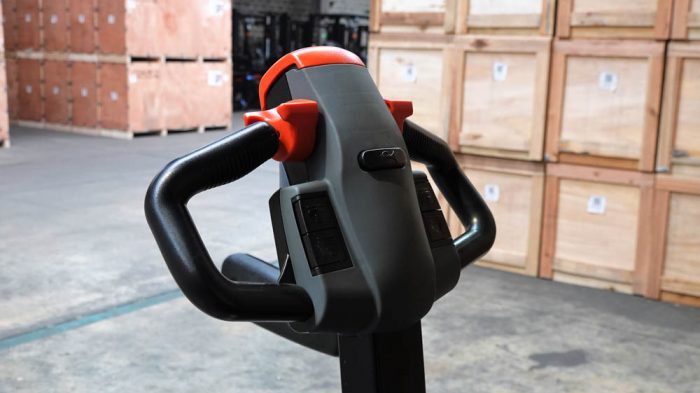
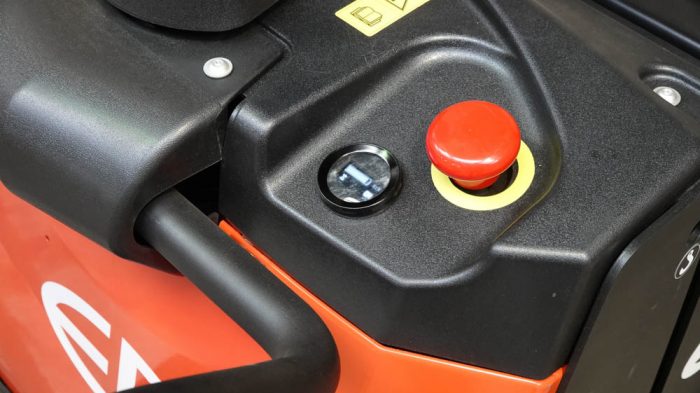
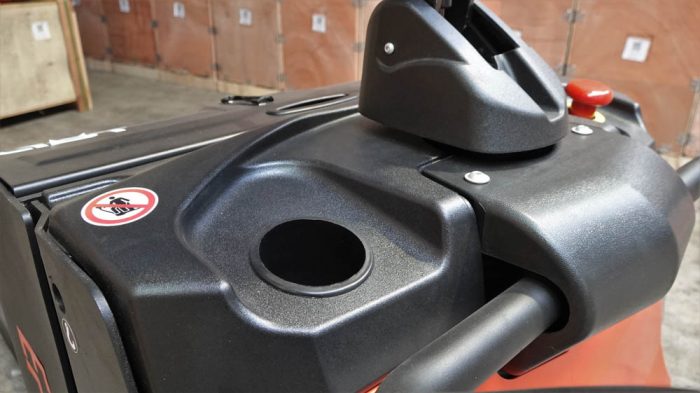
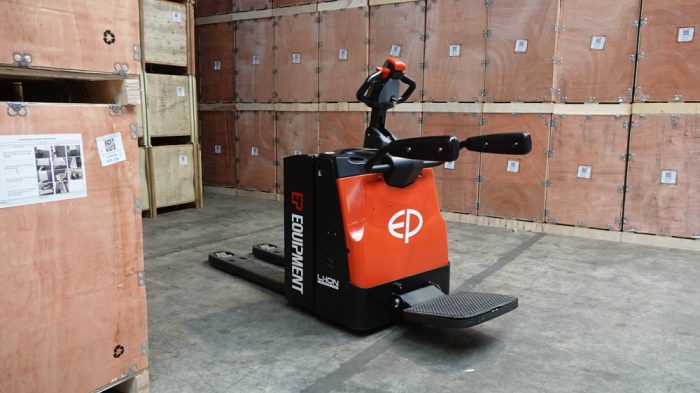
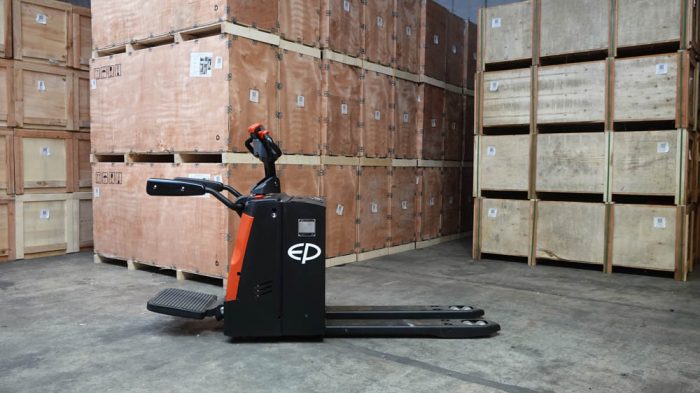
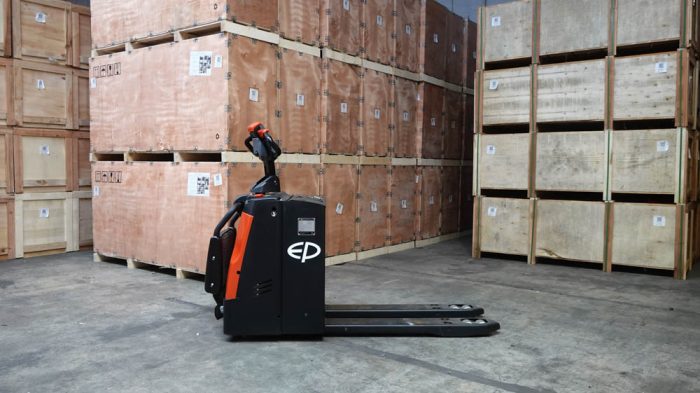
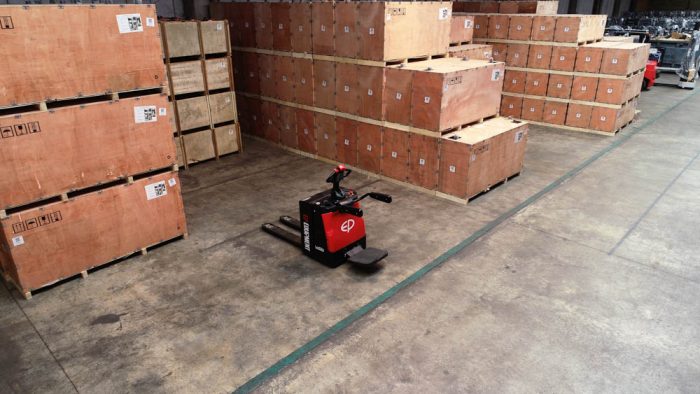
(Text and photos: Andersom Testing, Theo Egberts and Mark Dohmen)
Tags:
Andersom test, Andersom testing, EP, EP Equipment, EP KPL201, EP RPL201H, Intralogistics, Pallet trucks, Test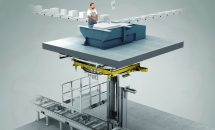
Winkel, a specialist in intelligent handling systems, h...

One-millionth counterbalance truck produced in Aschaff...

EP Equipment has had its first big event in Europe on t...